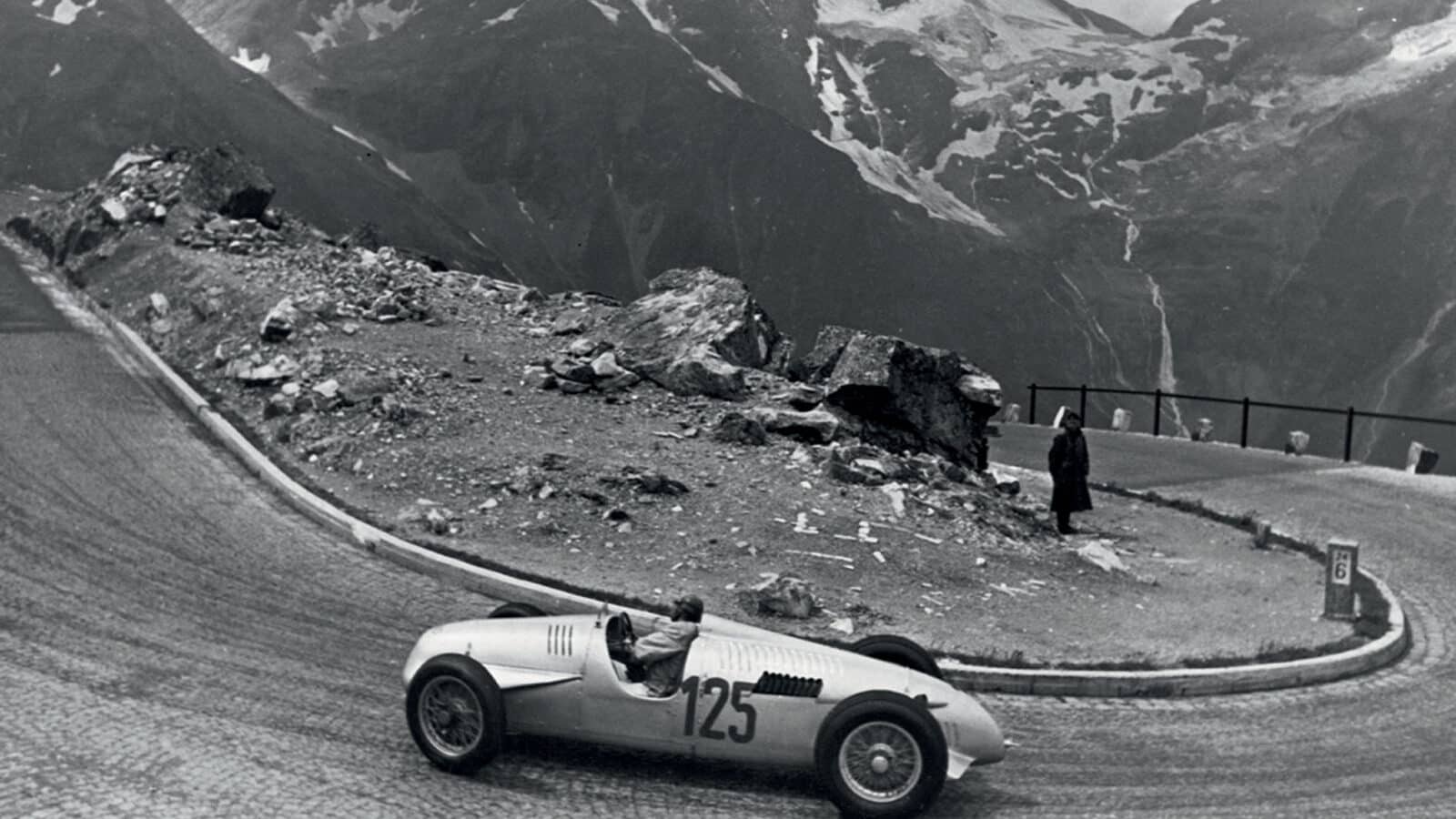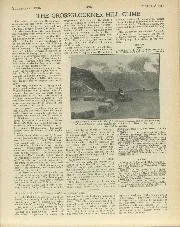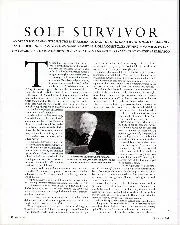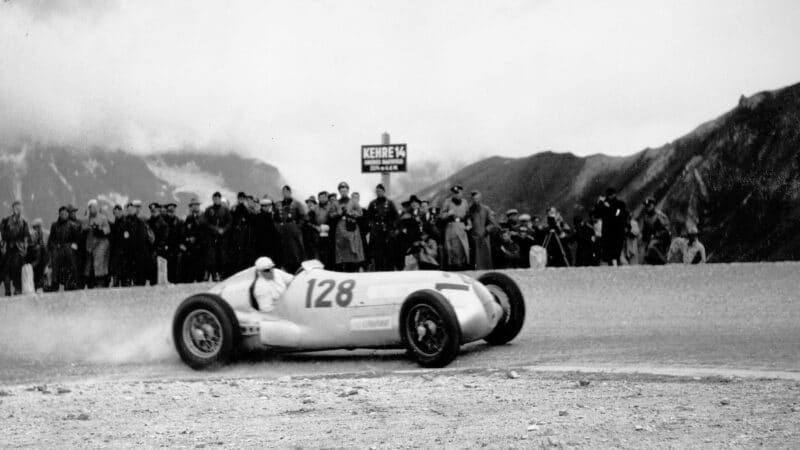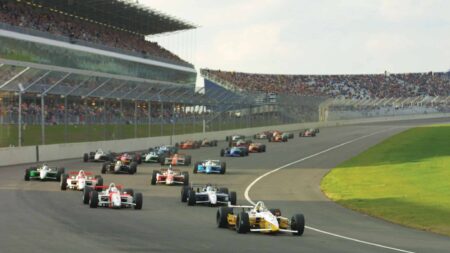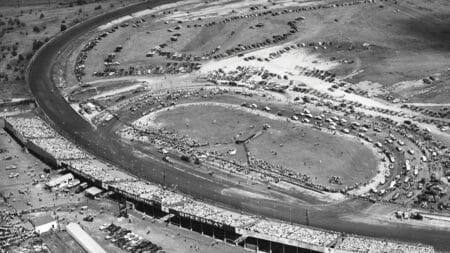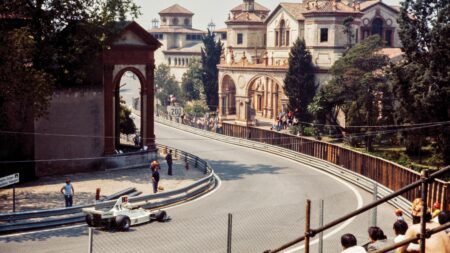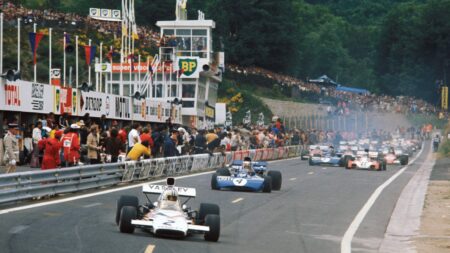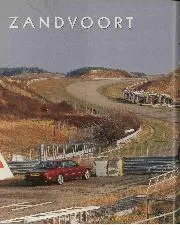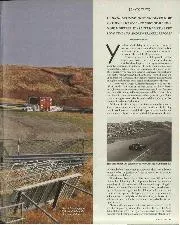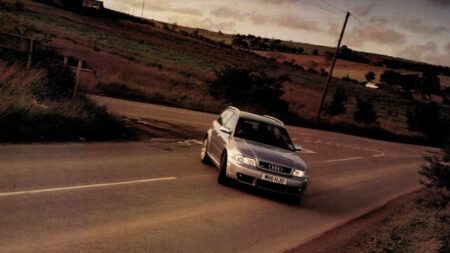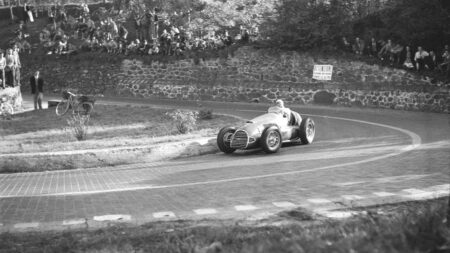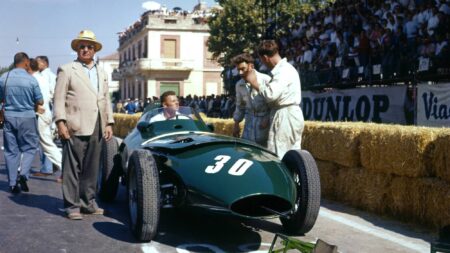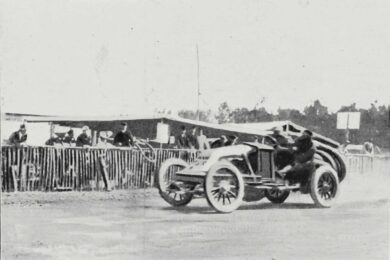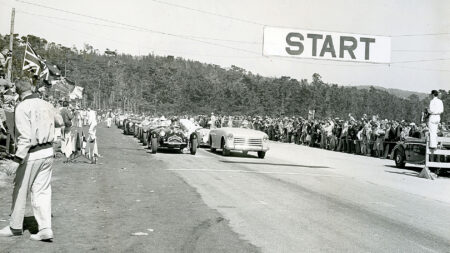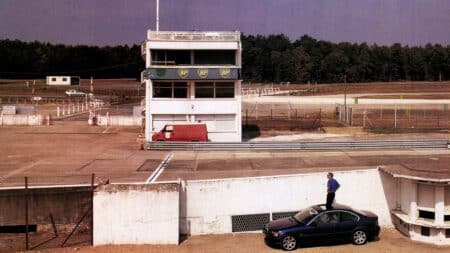The day after the official opening, the Austrian Automobile Club gave the new road a proper baptism: a mountain climb for motorbikes, sports and racing cars. It was run over a 12-mile stretch, finishing at Fuschertöhl. Only the Italian Stelvio climb hit a higher altitude.
A healthy international entry had been attracted, although the rolled-sand road surface kept the German racing giants away. In the absence of Merc and Auto Union, Scuderia Ferrari’s Alfas claimed a double win, Carlo Pintacuda securing the sports car spoils and Mario Tadini the racing car event at a speed of 49.45mph. Hot on Tadini’s heels was Richard Seaman, who put in a brilliant performance to surprise the locals and take second place in his ERA. A month later the Briton would top his Grossglockner showing in the German Mountain Grand Prix at Freiburg. He finished second again, but this time to the king of the mountains, Hans Stuck. That the Auto Union star won by a scant 1sec left some wondering if a little German face-saving had been at work.
Mountain climbing had an extremely high profile back then, attracting the cream of drivers and teams. The initial European Mountain Championship was held in 1930 and was made up of 10 events, including one at Britain’s Shelsley Walsh – hardly Alpine, but popular nonetheless. Stuck claimed that first title in an Austro-Daimler, while other champions included Rudolf Caracciola in 1932.
By the mid-1930s the German championship had displaced the European, centring on events at Freiburg, Feldberg and Kesselberg. But in 1938 the major German mountain climb of the season was held in Austria, at Grossglockner. Hitler’s troops had stormed unopposed into Vienna in March and Austria was now part of the Reich. A major sporting event running under the title of the Deutsche Bergmeisterschaft would only remind the world that Austria’s national identity had been swamped by an irresistible force.
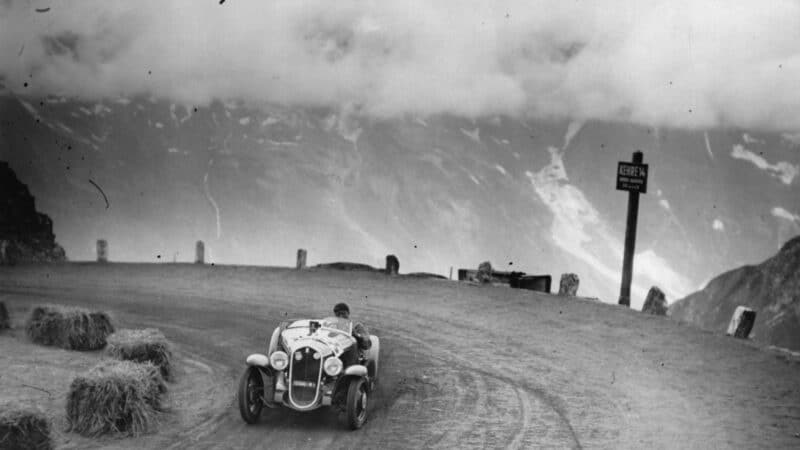
Fiat’s Luigi Villoresi goes above the clouds during the 1935 edition
Getty Images
The original plan was to run the event over the full 21-mile distance of the Grossglockner pass, nearly three times the length of most European climbs. It was too ambitious. Seaman, now established as a Mercedes star, had paid a reconnaissance visit to Grossglockner at the behest of Alfred Neubauer. Although he had competed there before, Seaman was unimpressed – the road was in a poor condition and he considered it dangerous to race through the middle section of the pass, which included the Mittertörl and Hochtor tunnels that we passed through in the opposite direction on our dash to find the right photo matches. He had a point. The steep and twisting climb we made in drizzling rain would have been a daunting downhill plunge – terrifying with 450bhp under your right foot.
By the time the event was run at the end of August the organisers had changed the format to something more acceptable. Instead of one run over 21 miles, they chose two heats, the first starting at Ferleiten and finishing at Fuschertörl, a distance of 7.8 miles. The cars would then drive through the demanding up-and-down eight-mile middle section to the start of the second heat near Guttal. This would be run over 4.9 miles up to Franz Josefs Höhe, an altitude of 7749ft, in sight of Grossglockner’s summit and the great Pasterze glacier.
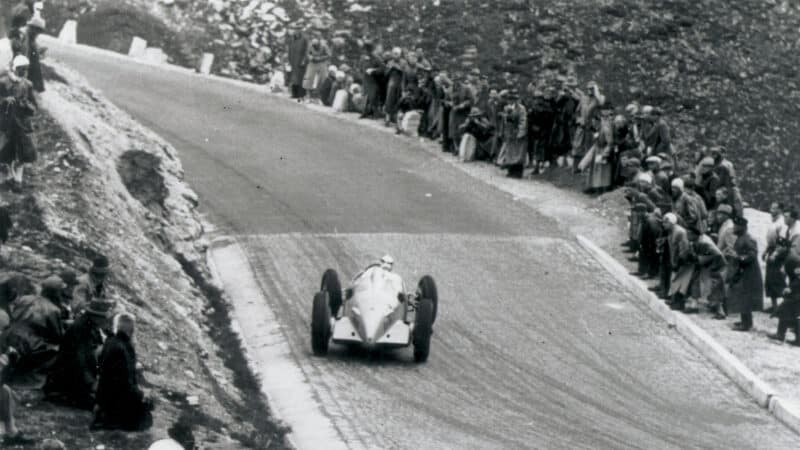
Hans Stuck hangs while competing in the 1939 race
Audi
After his visit Seaman had decided not to compete, even with the change of format. That left Mercedes with Lang and Manfred von Brauchitsch in a pair of W125s facing Stuck in a lone short-chassis Auto Union – Hermann Müller had been due to join him but was out of action following a crash in the Swiss Grand Prix.
Then on race day the organisers were forced into another format change: the weather was awful and the second part of the climb was shrouded in thick cloud. The drivers protested until it was decided to run both heats over the first part of the climb.
In heavy rain Stuck beat Lang by 2.3sec over the first run. The road was dry for the second and Stuck managed to find a full 70sec on his way to the overall win. Von Brauchitsch, who had struggled in the rain, found a minute and a half, but it still wasn’t enough to steal second overall from Lang.
